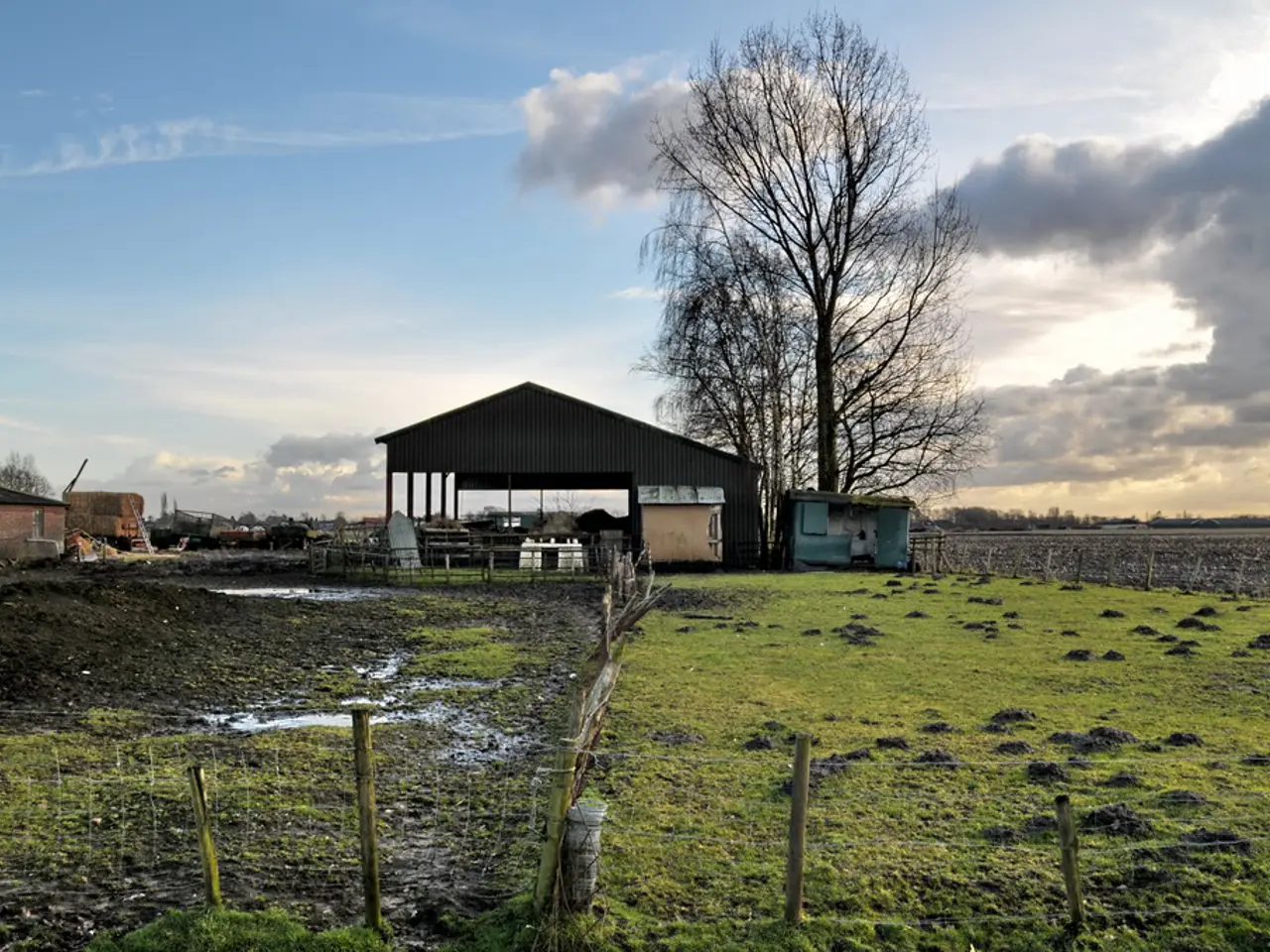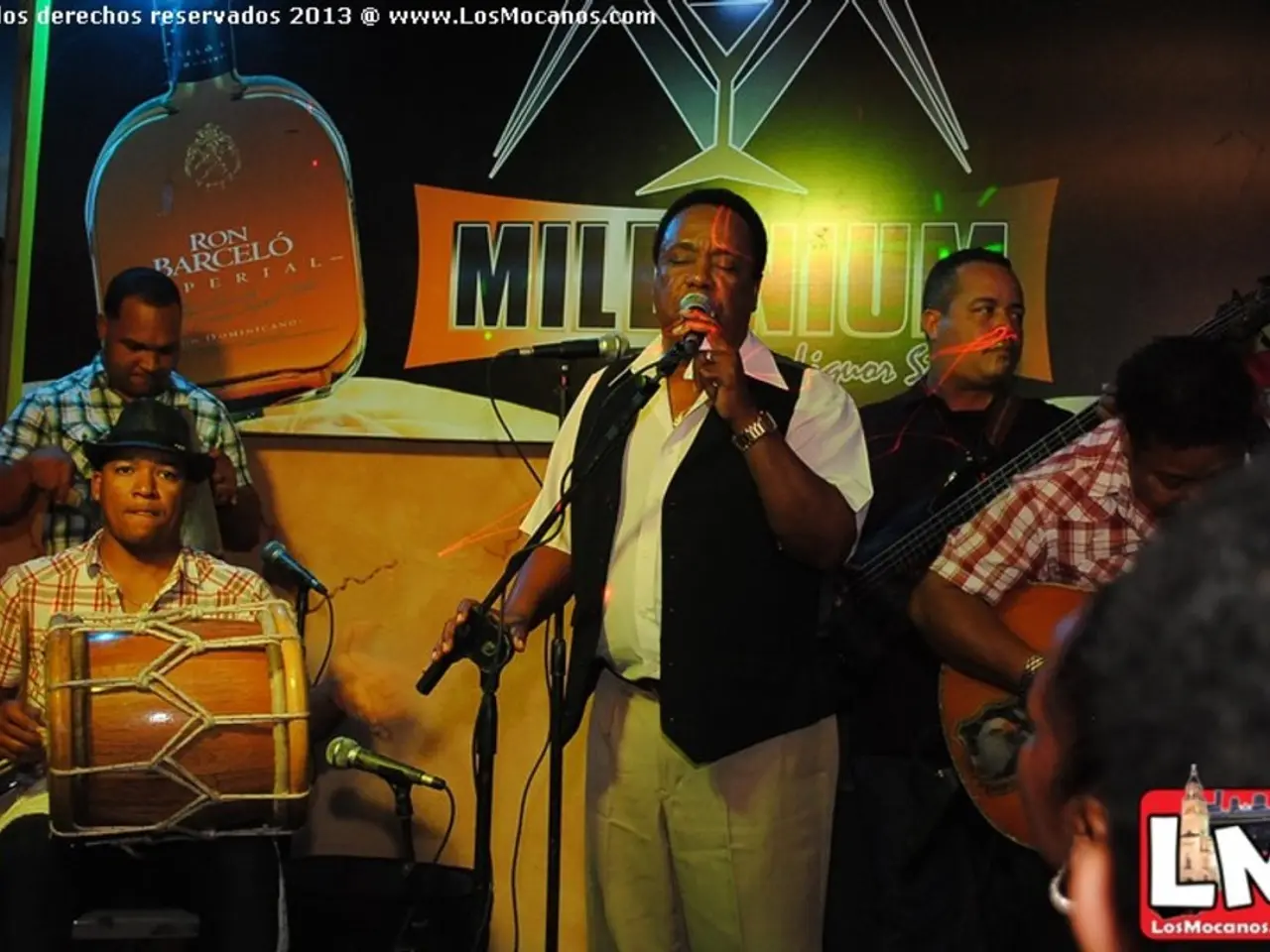Horningsea Barn Conversions: A Successful Break from Traditional Planning Norms
Repurposing Rural Barn Structures for Residential Use
In a remarkable turn of events, a project spearheaded by Carter Jonas' Planning & Development, Rural, and Residential divisions has achieved unanimous support from a planning committee for the conversion of seven vacant agricultural barns into homes in Horningsea, Cambridgeshire.
The Horningsea barn conversions serve as a notable example of a planning application that successfully defied usual planning restrictions. Here's a closer look at this case and the broader principles that led to its success.
The Horningsea Barn Conversions Case Study
The project involved converting agricultural barns in Horningsea, a picturesque village in Cambridgeshire, into residential dwellings. Despite the typical restrictions due to agricultural land-use policies, conservation and heritage protection rules, concerns about overdevelopment, and inappropriate use outside settlement boundaries, the Horningsea barn conversions gained unanimous approval from the local planning authority.
The success of this project can be attributed to several key factors:
- Sensitive Design: The conversions maintained the character and appearance of the barns, preserving architectural and historical features.
- Community Engagement: The applicant engaged effectively with local stakeholders and planners, addressing concerns early.
- Sustainability and Viability: The project demonstrated clear benefits such as preservation of rural buildings, increased local housing supply, and sustainable reuse of existing structures rather than new builds.
- Planning Policy Support: The application aligned with evolving national and local planning policies encouraging the reuse of rural buildings for housing where appropriate.
- Demonstrated Need: The proposal showed a clear need for new housing within the area, supporting rural community vitality.
Broader Examples & Principles
Projects like the Horningsea barn conversions often succeed when they:
- Provide a compelling justification for exceptions to normal planning controls.
- Demonstrate high-quality architectural and environmental design sensitive to the locale.
- Show extensive community and stakeholder support, resolving any potential objections upfront.
- Align with policy shifts that permit more flexibility in rural development.
Summary
The Horningsea barn conversions stand out as a successful planning application that broke typical planning convention by converting agricultural barns into residential use with full local authority support. Their success was grounded in design sensitivity, proactive engagement, clear policy alignment, and a genuine contribution to local housing needs—factors that can guide other applications seeking exceptions to planning restrictions.
The scheme was praised for its positive approach to heritage preservation and design, being considered 'of a sympathetic design which was felt to be appropriate to the nature of the village and would enhance its designated heritage assets'. The completed properties will be marketed by Carter Jonas' Residential division when they are complete in spring next year.
The achievement of seven units of residential development in Horningsea, a village classified as an infill village with low levels of development, was considered a significant feat despite the local plan's restrictions. The planning application was initially recommended for refusal by the South Cambridgeshire Council's planning officers, but was later overturned due to the support of the conservation officer, the local ward councillor, local residents, and the parish council.
Colin Brown, head of planning & development at Carter Jonas, emphasized that good quality conversions such as the Horningsea barn conversions should not be passed by lightly in light of the worsening national housing crisis. He also hopes that planning officers will have regard to the Horningsea barn conversions in securing the optimal use of redundant agricultural buildings in the future.
Horningsea is approximately four miles northeast of Cambridge. The Horningsea barn conversions highlighted contradictions in local planning policies, as the site, despite having characteristics of brownfield land, was technically exempt from the policies that enable development on brownfield land due to its former agricultural status. Nonetheless, under Policy S/11 ('Infill villages') of the local plan, a slightly larger development (not more than about 8 dwellings) may be permitted in very exceptional circumstances where this would lead to the sustainable recycling of a brownfield site bringing positive overall benefit to the village. Under Policy S/11 of the South Cambridgeshire Local Plan, residential development in Horningsea is restricted to just two units.
The success of the Horningsea barn conversions serves as a testament to the potential of thoughtful, community-focused planning and development projects that challenge traditional norms while respecting local heritage and environmental concerns.
- The Horningsea barn conversions, a significant example of defying traditional planning norms, were supported by a shift in housing-market real-estate policies, allowing the reuse of rural buildings for residential purposes.
- The success of the Horningsea barn conversions encouraged Colin Brown, head of planning & development at Carter Jonas, to advocate for more investing in sensitive design adaptations of redundant agricultural barns to address the worsening national housing-market crisis.
- In Horningsea, the exceptional approval of seven agricultural barn conversions into homes highlighted the need for housing-policy flexibility in infill villages, as demonstrated by the principle of sustainable recycling of brownfield sites for residential development, under Policy S/11 of the South Cambridgeshire Local Plan.




